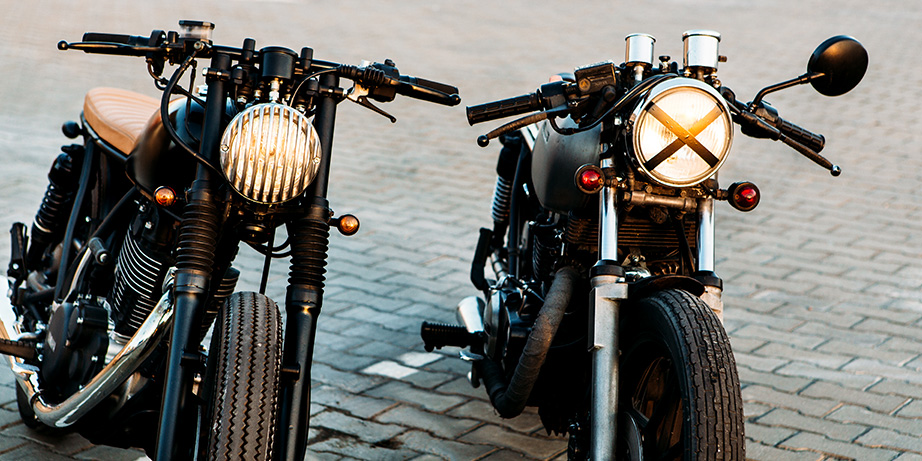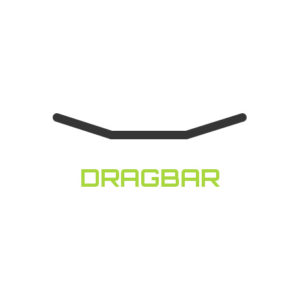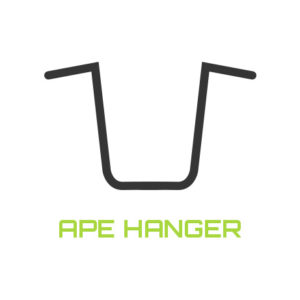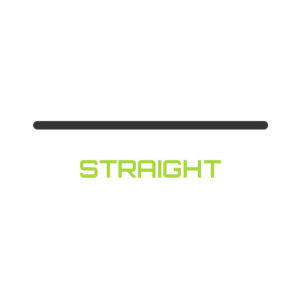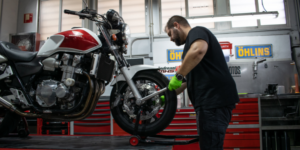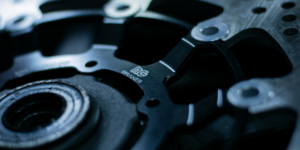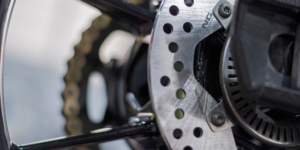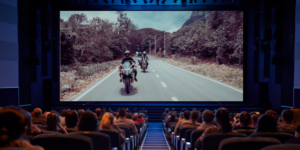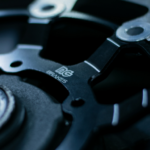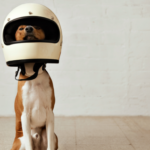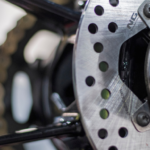One of the most common modifications when we want to change the appearance of a motorbike is to change the handlebars. This type of modification, even from an aesthetic point of view, does not carry any great difficulty.
The handlebars can be changed without any problem as long as they do not exceed the established dimensions in relation to the original ones. When our intention is to incorporate one of a very different typology in relation to the shape parameters, it is necessary to homologate it in order to pass the technical vehicle inspection. In any case, in order for the handlebar replacement to pass the MOT, it only requires a workshop certification and a conformity report from the laboratory. There is no need for a technical project, which would be much more expensive and time-consuming to approve.
The turrets, which are the elements that hold the handlebars to the seatpost, if they are changed, must also follow the same procedure.
There are many different shapes of handlebars on the market and each one normally adapts to the aesthetics that we want to give to the bike. All the transformations usually involve changing the handlebars, accepting the one that best adapts to the style we have in mind.
The most common are:
Drag Bar Handlebars
They are narrow and semi-flat, their shape gives the rider a more aggressive posture. The elbow position is at a right angle, with hand and wrist in a neutral position. With the addition of risers you can achieve greater riding comfort.
Ape Hanger
They are exaggeratedly tall and wide. The appearance is of hanging like a monkey. This type of handlebar is very uncomfortable if the rider has short arms. It is widely used in chopper modifications.
Zed or Z Bar
Its main feature is the appearance of two opposing zed bars welded at each end. They are not very big and give a very distinctive look to your bike, especially if it is a Sporster.
Straight or Flat
Not much to add to the name, an almost straight bar, with a slight slope towards the rider. This characteristic means that the rider’s stance is forward towards the centre of the bike.
Half handlebars or Cafe Racer
Two inclined bars on each side of the seatpost that make the rider lean forward, adding a high aerodynamic coefficient by reducing the surface area against the wind. Almost obligatory on every Cafe Racer you see on the road.
There are other handlebars whose characteristics derive from those explained and above all help to improve the visual appearance of your bike, but these are the main ones you will see on your local roads.

